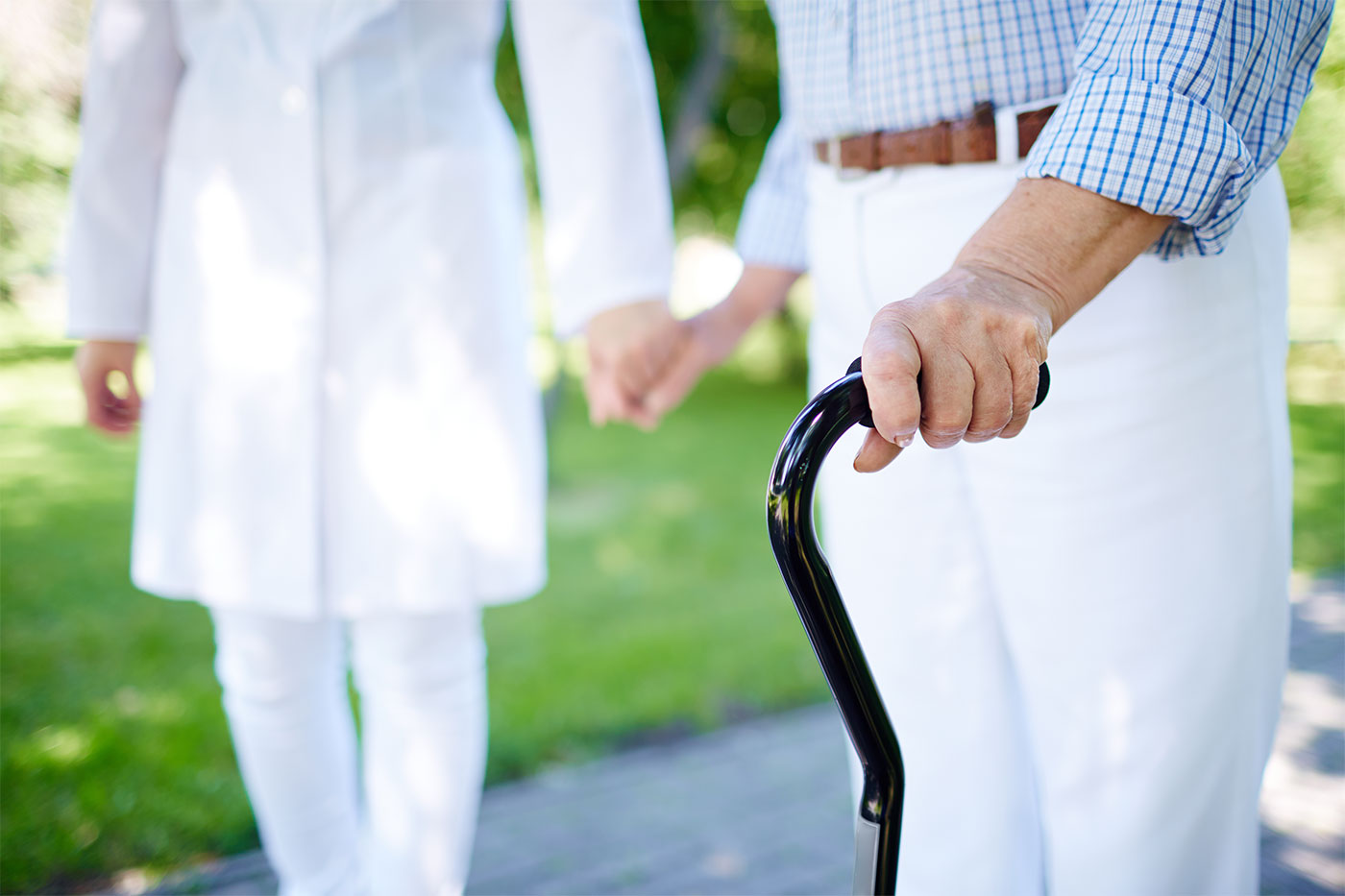Phone: 800-414-2358
Fax: 718-946-6727
- Bathroom Aids
- Respiratory Care
- Disability Accessories
- Walking Aids
- Wheelchairs
- Patient Room
- Bariatric Items
Phone: 800-414-2358
Fax: 718-946-6727

Getting Around with Your Medical Walking Aid
- by
- Steve Zeltser
- -
- February 06, 2018
- -
Whether you are recovering from an injury or just need a little extra support, an adult walking aid gives you an “extra leg” to increase balance and stability while walking, standing and rising. However, there are a few safety guidelines you should follow to maximize the use of your medical walking aid while reducing your risks of falling.
Canes vs Crutches
The first step is to assess your needs and select the appropriate walking aid. A cane is lightweight, unobtrusive and easy to transport. Canes are best for light injuries or to improve your balance. Because using a cane requires a transfer of weight to your wrist and forearm, it is not appropriate for serious injuries, or for individuals with poor arm and wrist strength.
Crutches are meant to take the weight off an injured leg by transferring it to the upper body. They support your body weight better than a cane, and enable you to get around on just one foot. The down side is they a bit awkward to use and they take up a lot more space than a cane.
Tips for Using a Cane as a Walking Aid
- Select the appropriate style: Canes come with variable features, including grip, shaft, tip and color. While color is mostly a matter of personal preference, the grip, shaft and tip are important safety features that should be carefully considered.
- Select the correct height: A too-short or too-long cane can become a safety hazard instead of the supportive walking aid it was intended to be. To get the correct size, stand up straight with shoes on, arms at your sides with your elbow flexed about 20º. The top of the cane should reach the crease under your wrist.
- Hold your cane on the same side as your strongest uninjured leg. When walking, move your cane forward with the contralateral leg, creating a tripod. Place weight on both the bad leg and the cane, allowing the cane to provide extra support.
- To walk up stairs, take the first step with your strongest leg and then bring the injured or weak leg up to the same step. Use the banister on one side and your cane on the other for support. Follow the same procedure when walking down stairs.
Tips for Using Crutches as a Walking Aid
- Select the correct height: Underarm crutches, should come to about an inch below your armpit, with the grips even with your hips.
- Place the tips of both crutches about a foot ahead of your standing leg and lean forward slightly. Move forward as though you were going to step with your injured leg, then shift your weight to the crutches. Swing your body forward between the crutches, injured leg elevated. Plant your supporting foot firmly between the crutches.
- To sit or stand, hold both crutches in the hand on your “good” side and use them much like a cane for balance and support.
- To go up and down stairs, tuck both crutches under the arm away from the bannister. Hop up on your good leg, using the bannister for support.
At Certhealth, your safety and comfort is our primary concern. Search our wide selection of adult walking aids to find the perfect fit and style to meet your needs. Not sure? Contact our friendly customer service team to ask questions and get assistance. Make Certhealth your one-stop site when shopping for medical walking aids and other medical devices.

Fast Delivery

Special Discount

Secure Checkout





